1-Day Hong Kong Culinary & Nightlife Adventure for Couples
Hong Kong
1 days
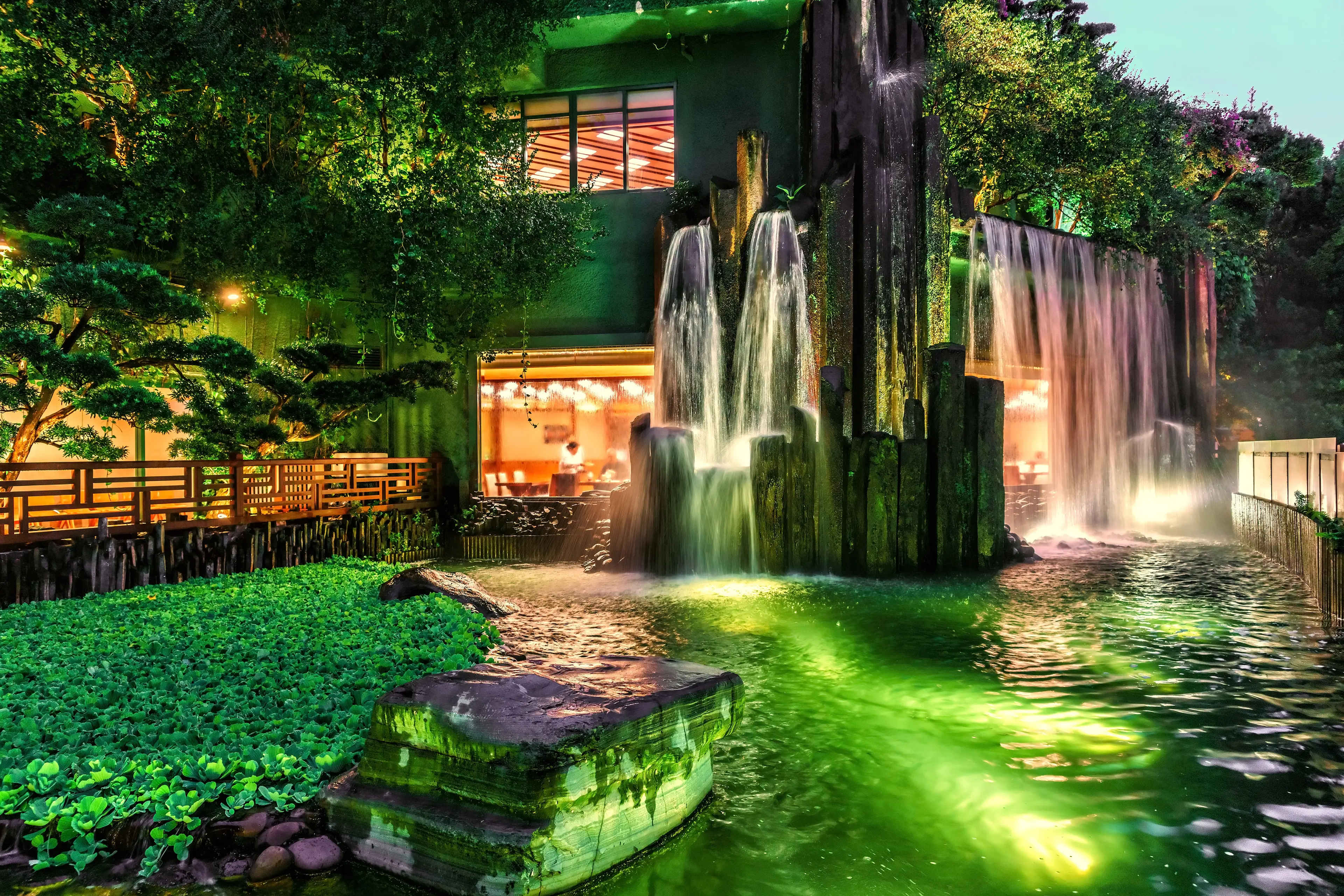

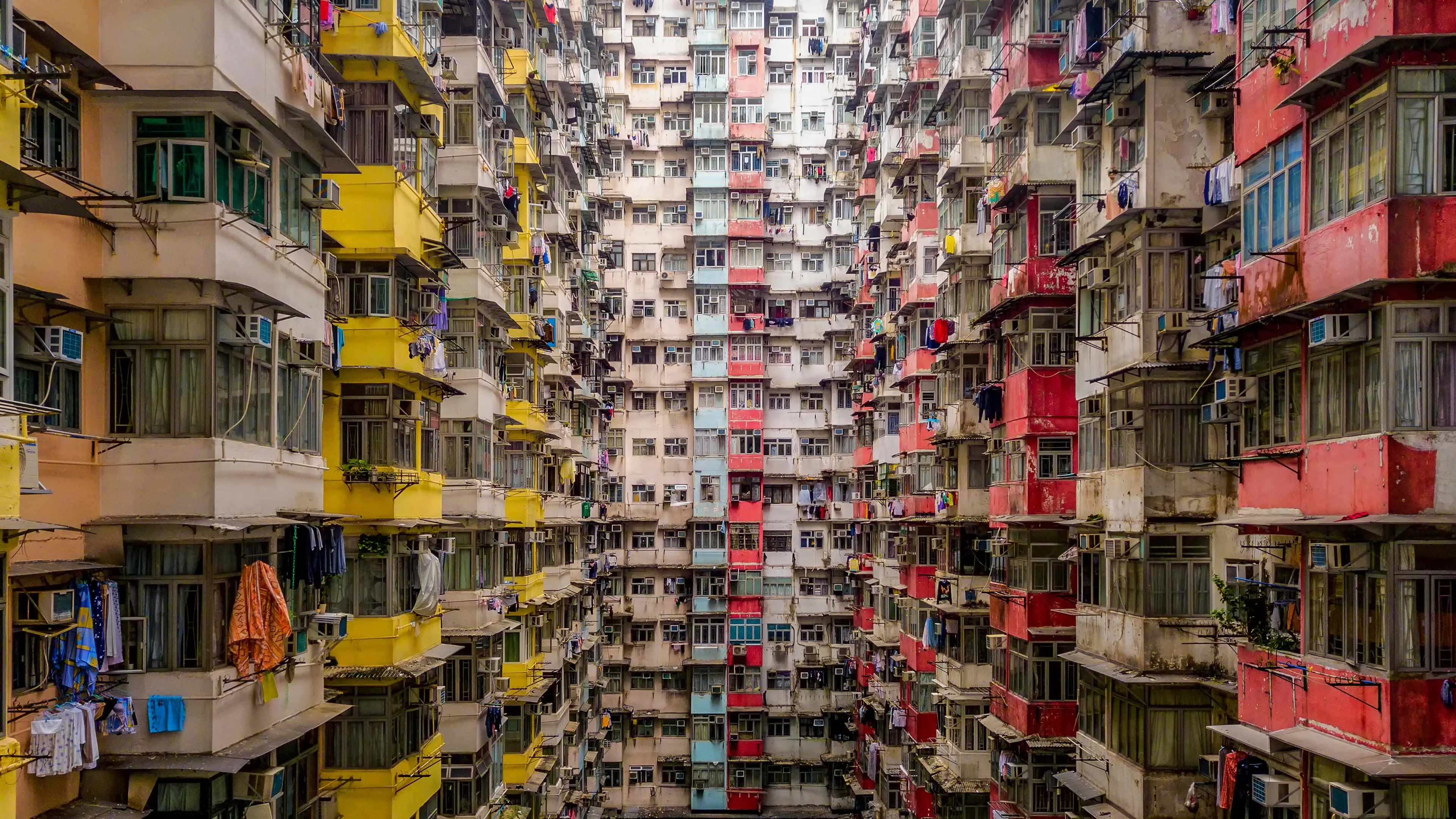
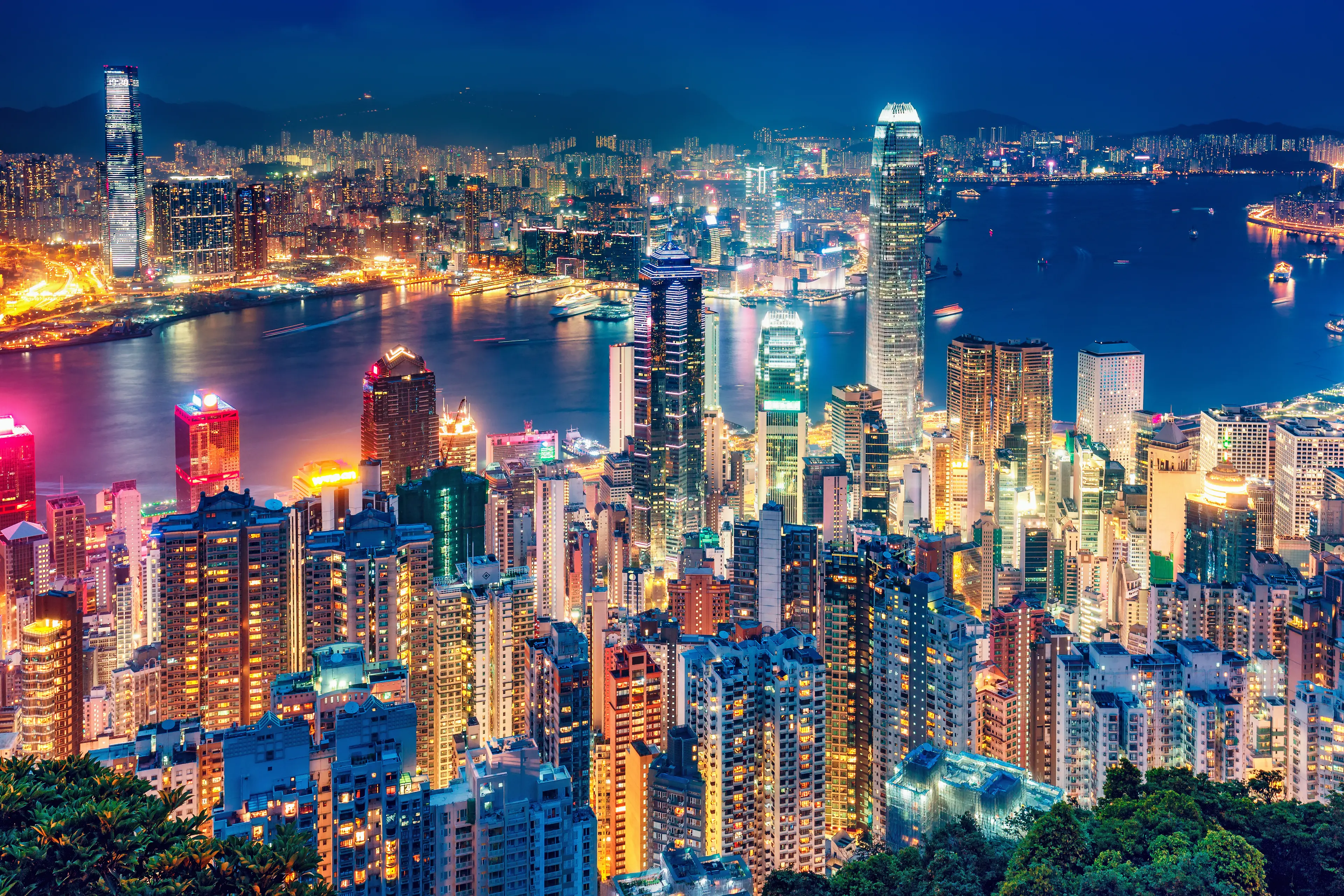
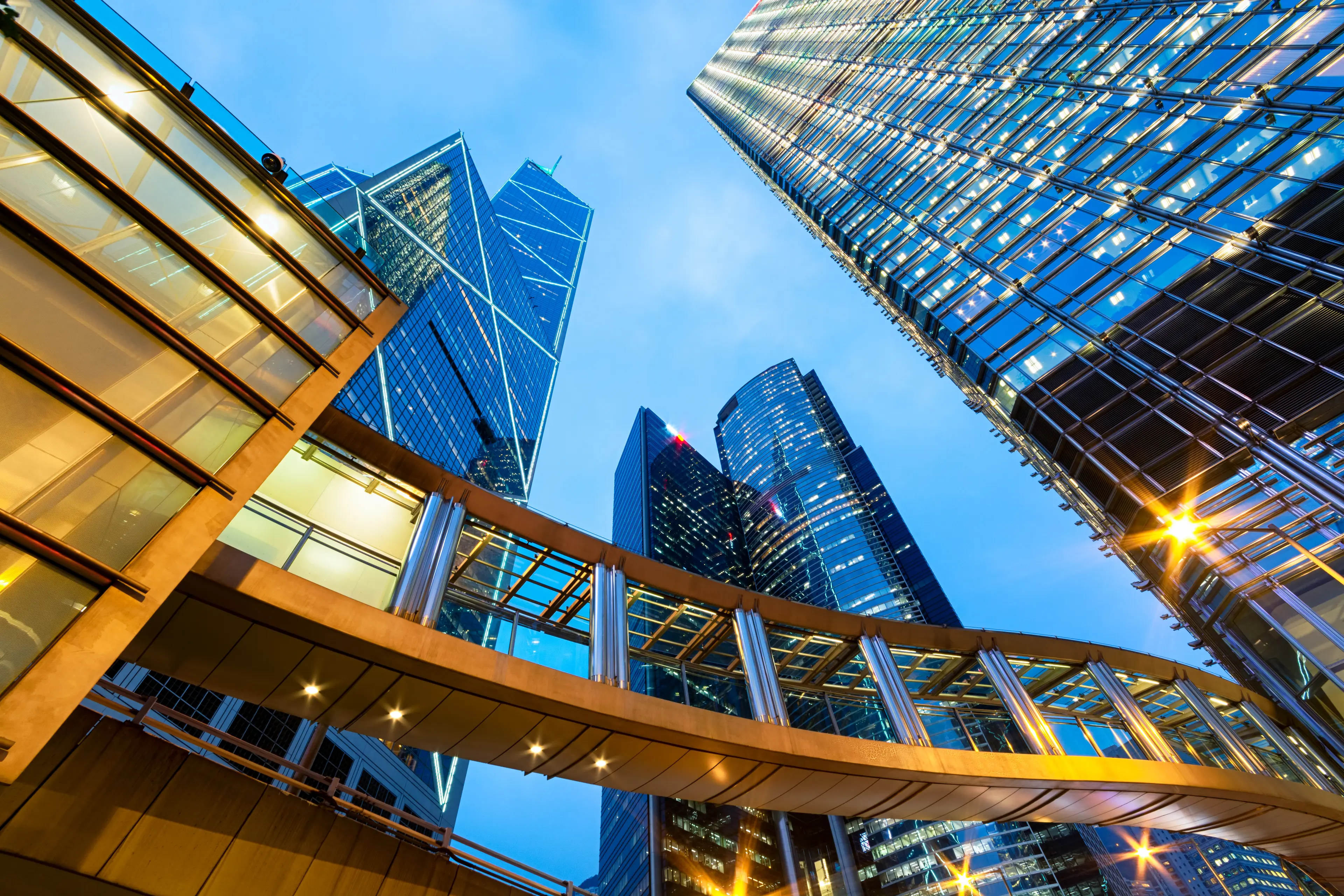
About Hong Kong
Experience the vibrant, cosmopolitan city of Hong Kong, a unique fusion of East and West. Marvel at the iconic skyline from Victoria Peak, explore bustling markets in Mong Kok, or take a historic tram ride. Visit the tranquil Nan Lian Garden, or take a ferry to Lantau Island to see the majestic Tian Tan Buddha. Enjoy world-class shopping in Tsim Sha Tsui and indulge in a culinary journey from Michelin-starred restaurants to local street food. Don't miss the stunning Symphony of Lights show at Victoria Harbour. Hong Kong's efficient MTR system makes it easy to explore this dynamic city. Whether you're seeking adventure, culture, or relaxation, Hong Kong offers an unforgettable travel experience.
1-Day Itinerary
Attractions in Itinerary (3)
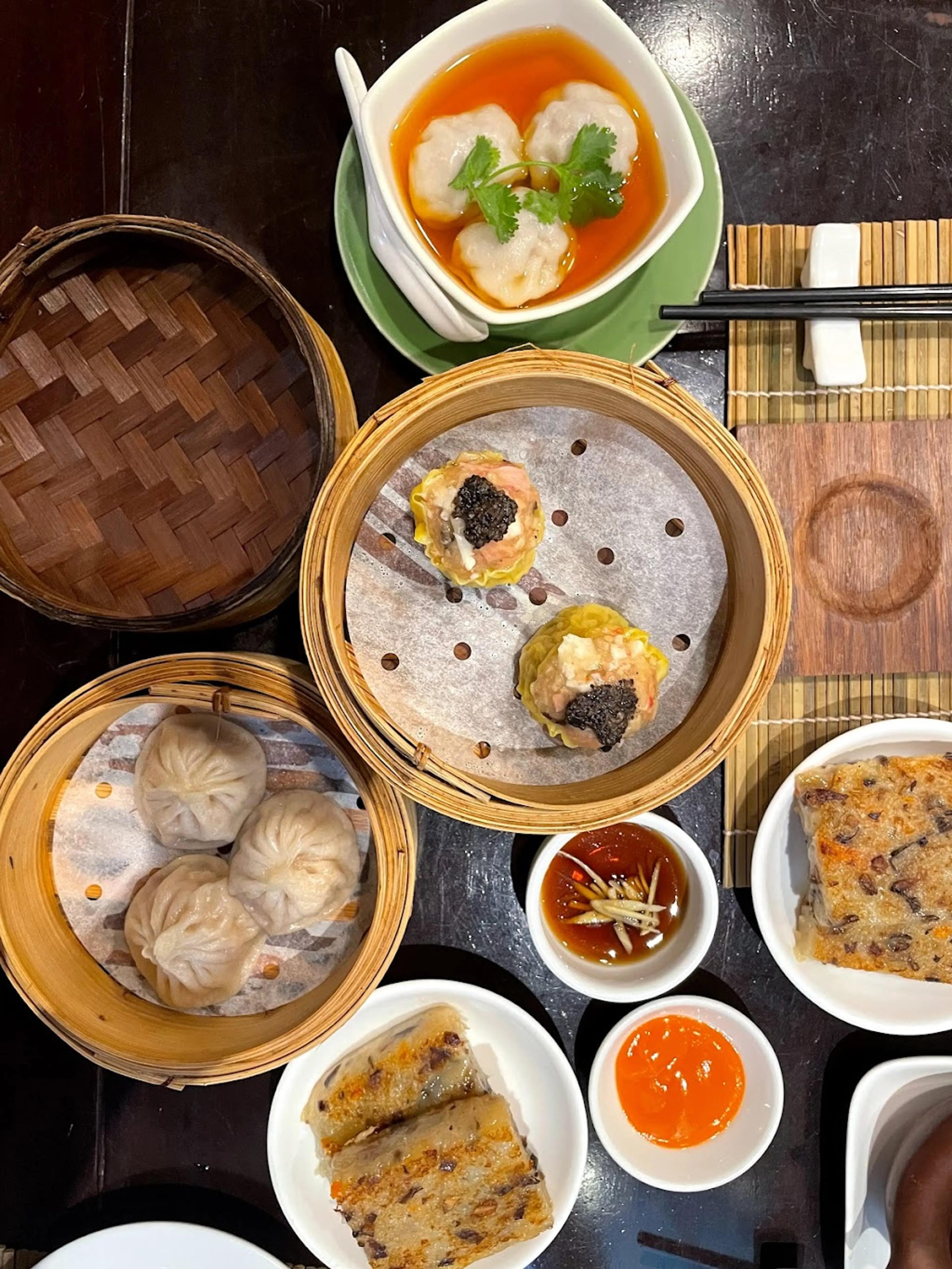
1Dim Sum Teahouse
A traditional Chinese dining experience where small bite-sized portions of food are served alongside tea.
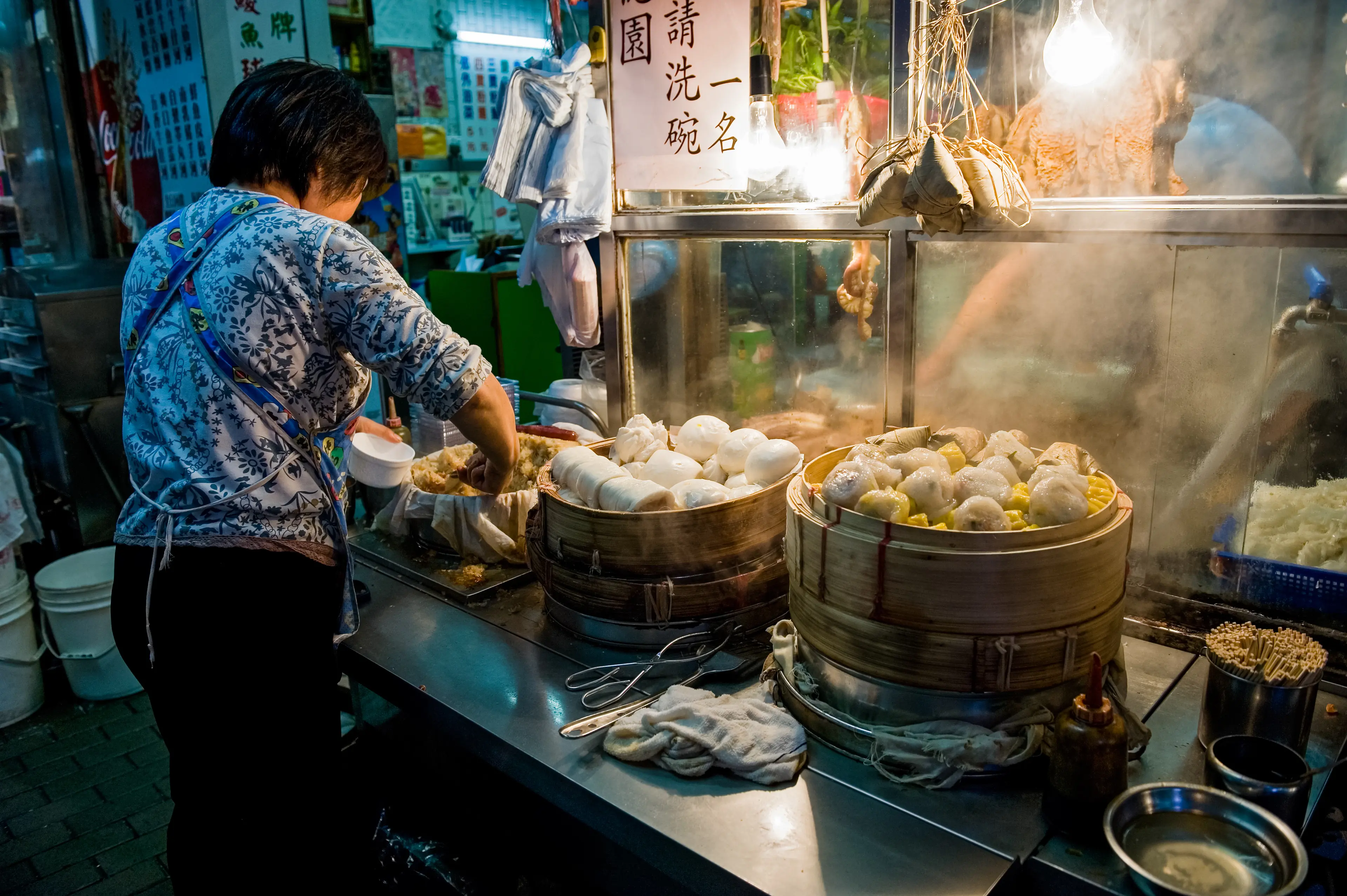
2Mong Kok Street Markets
One of the most bustling areas in Hong Kong, Mong Kok street markets offer a variety of goods from clothing to food, making it a must-visit for shoppers and food lovers.

3Rooftop Dining in Tsim Sha Tsui
A unique dining experience offering panoramic views of the city, located in the bustling district of Tsim Sha Tsui.
Local Food and Drinks (12)
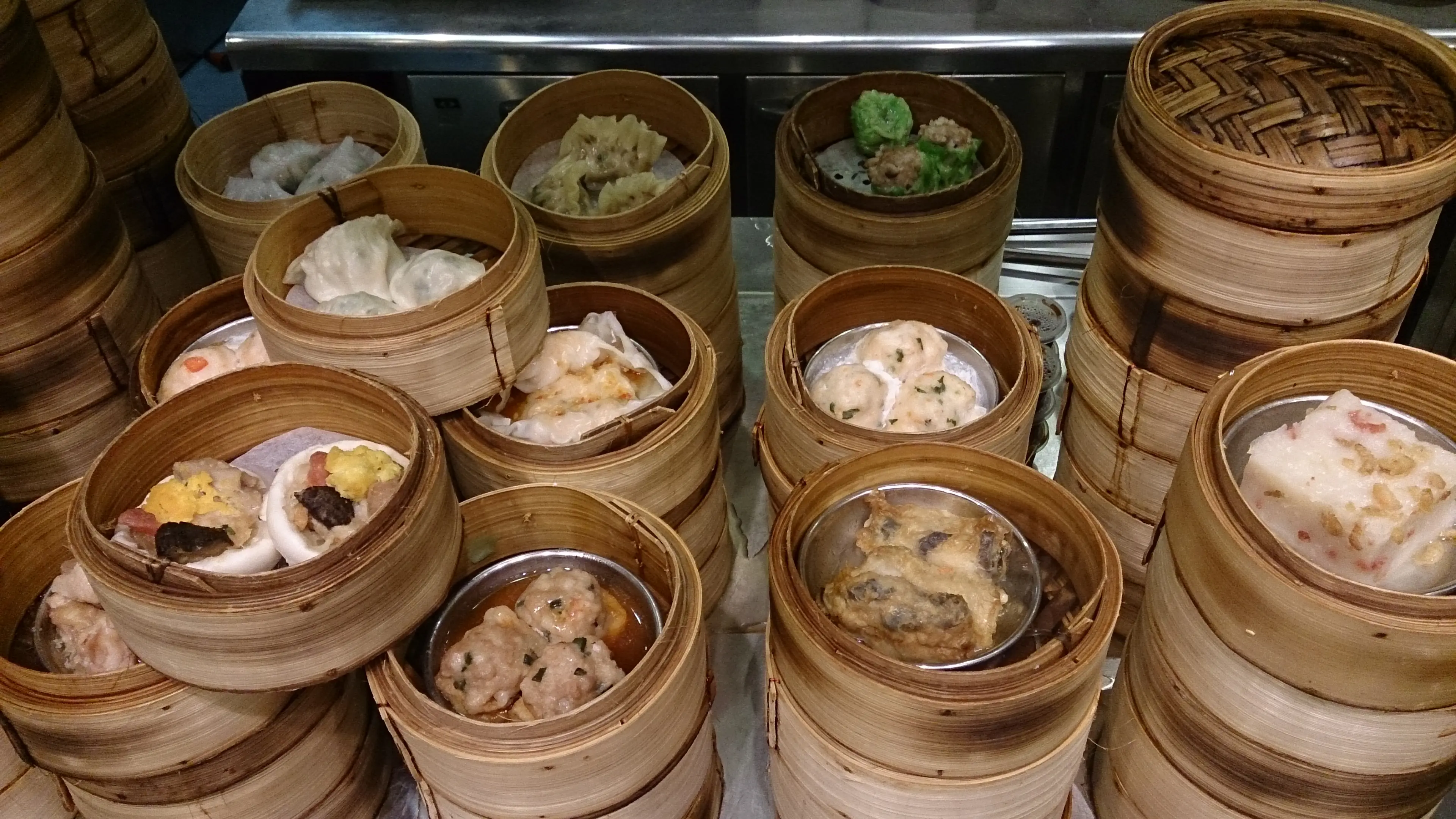
Dim Sum
A traditional Cantonese cuisine that includes a variety of small, bite-sized portions served in steamer baskets or small plates. It's a popular brunch option in Hong Kong.
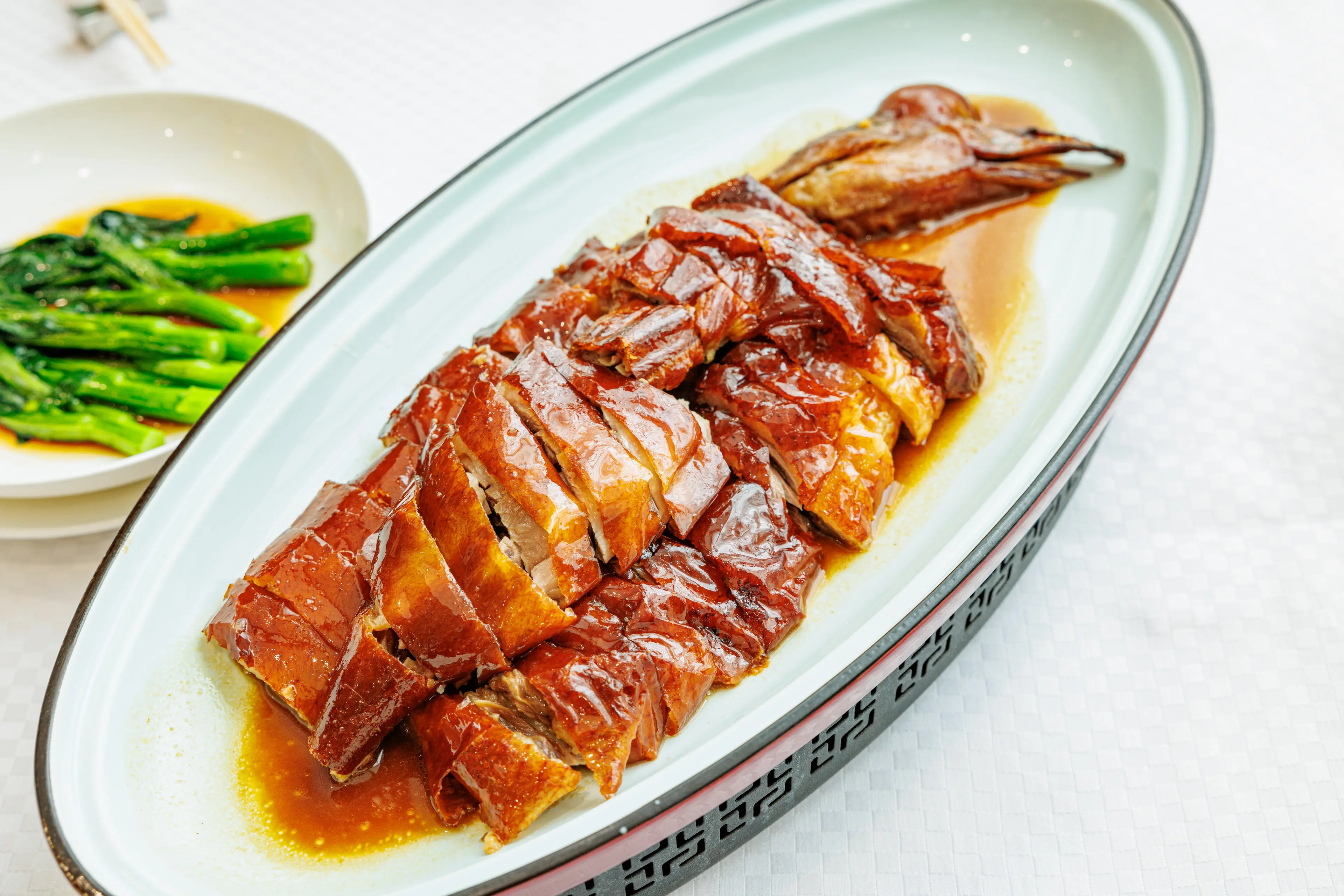
Roast Goose
A traditional Cantonese dish where the goose is marinated and roasted until it's crispy and golden. It's a must-try delicacy in Hong Kong.

Wonton Noodles
A popular Cantonese dish in Hong Kong, consisting of thin noodles, broth, and wontons (dumplings) filled with shrimp or pork.

Egg Tarts
A popular pastry in Hong Kong with a flaky crust and a sweet, creamy egg custard filling.
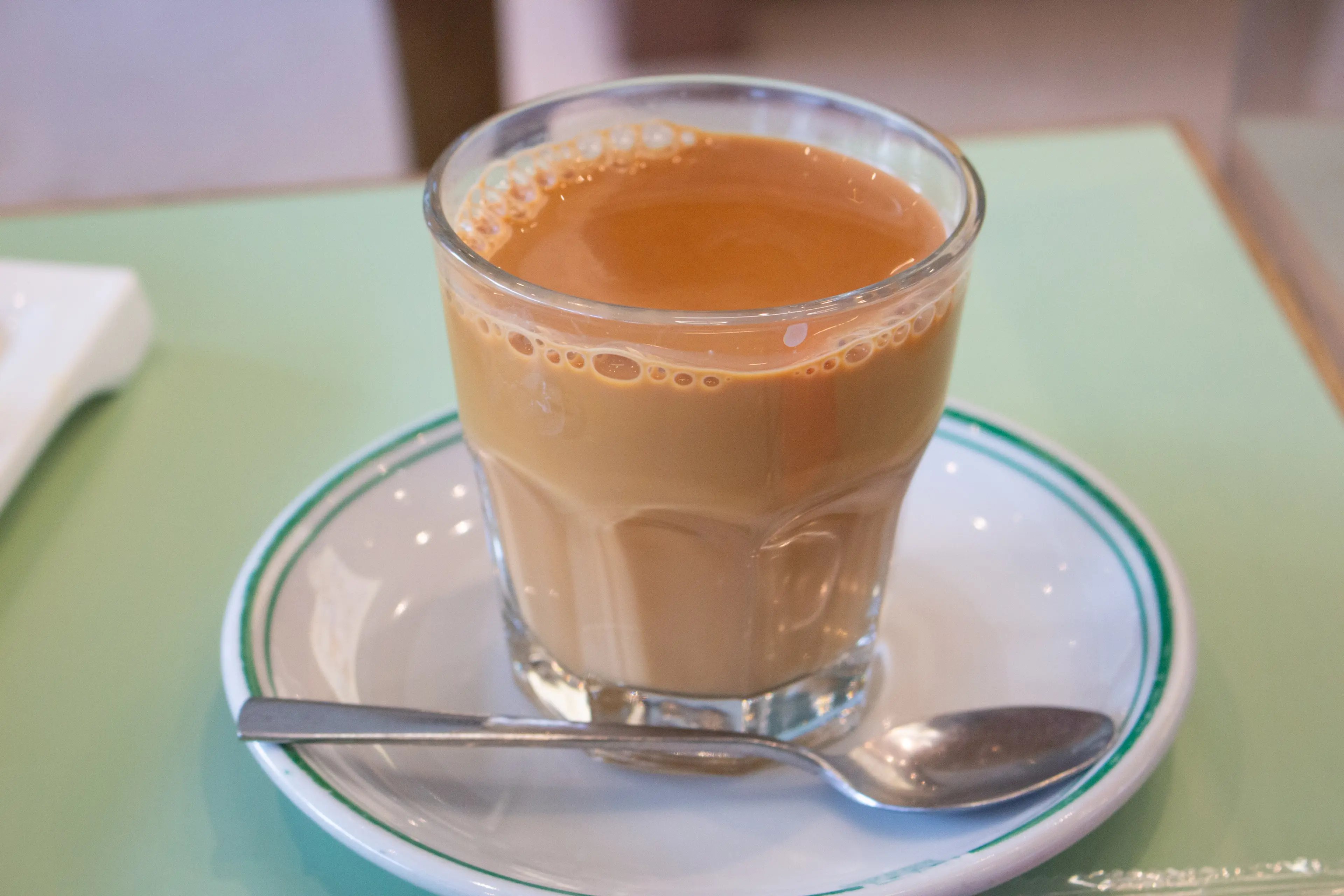
Milk Tea
A classic Hong Kong beverage made from black tea and condensed or evaporated milk. It's often served hot and is a staple in local tea houses.
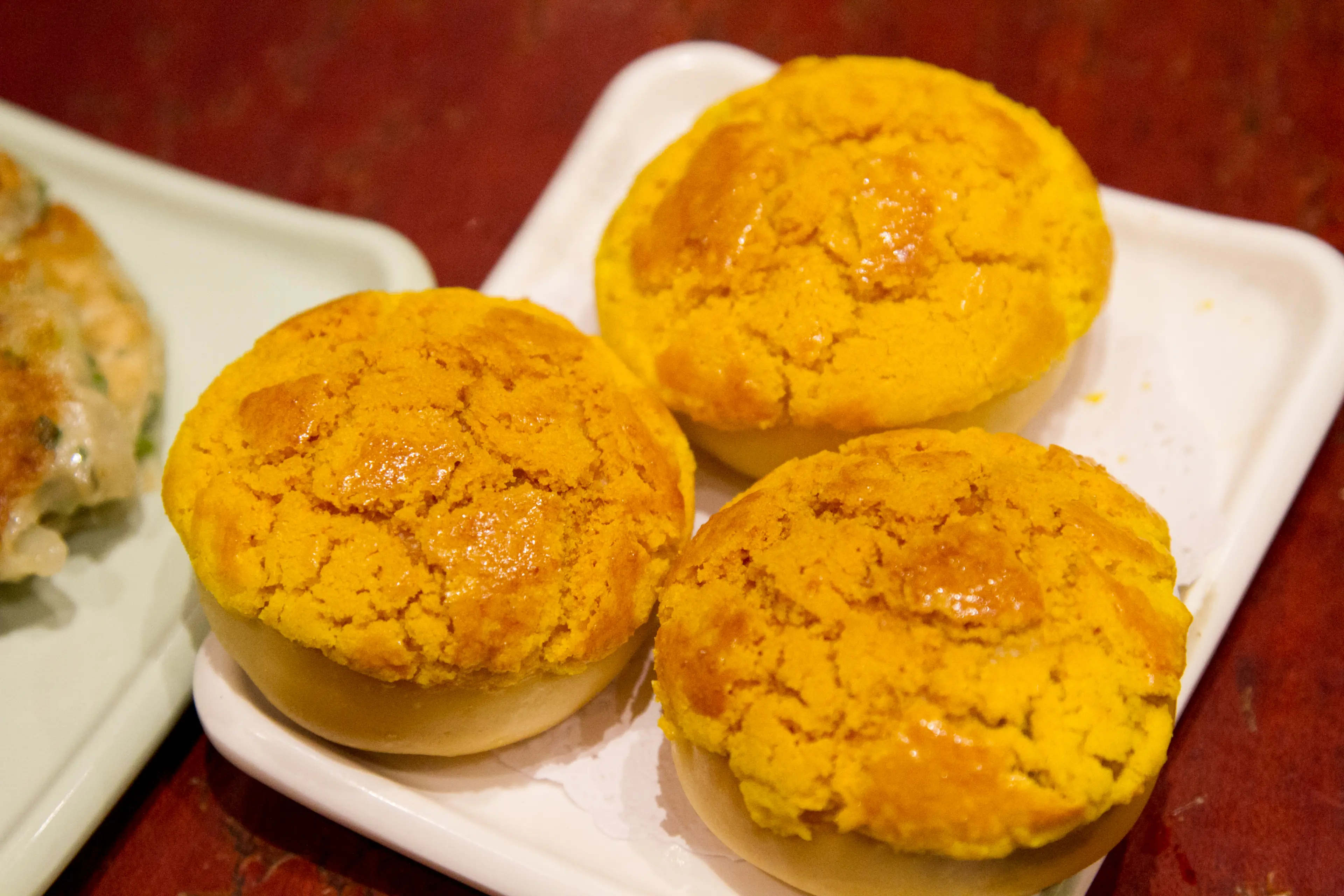
Pineapple Bun
Despite its name, this popular Hong Kong pastry doesn't contain any pineapple. The name comes from its pineapple-like sugary top crust.
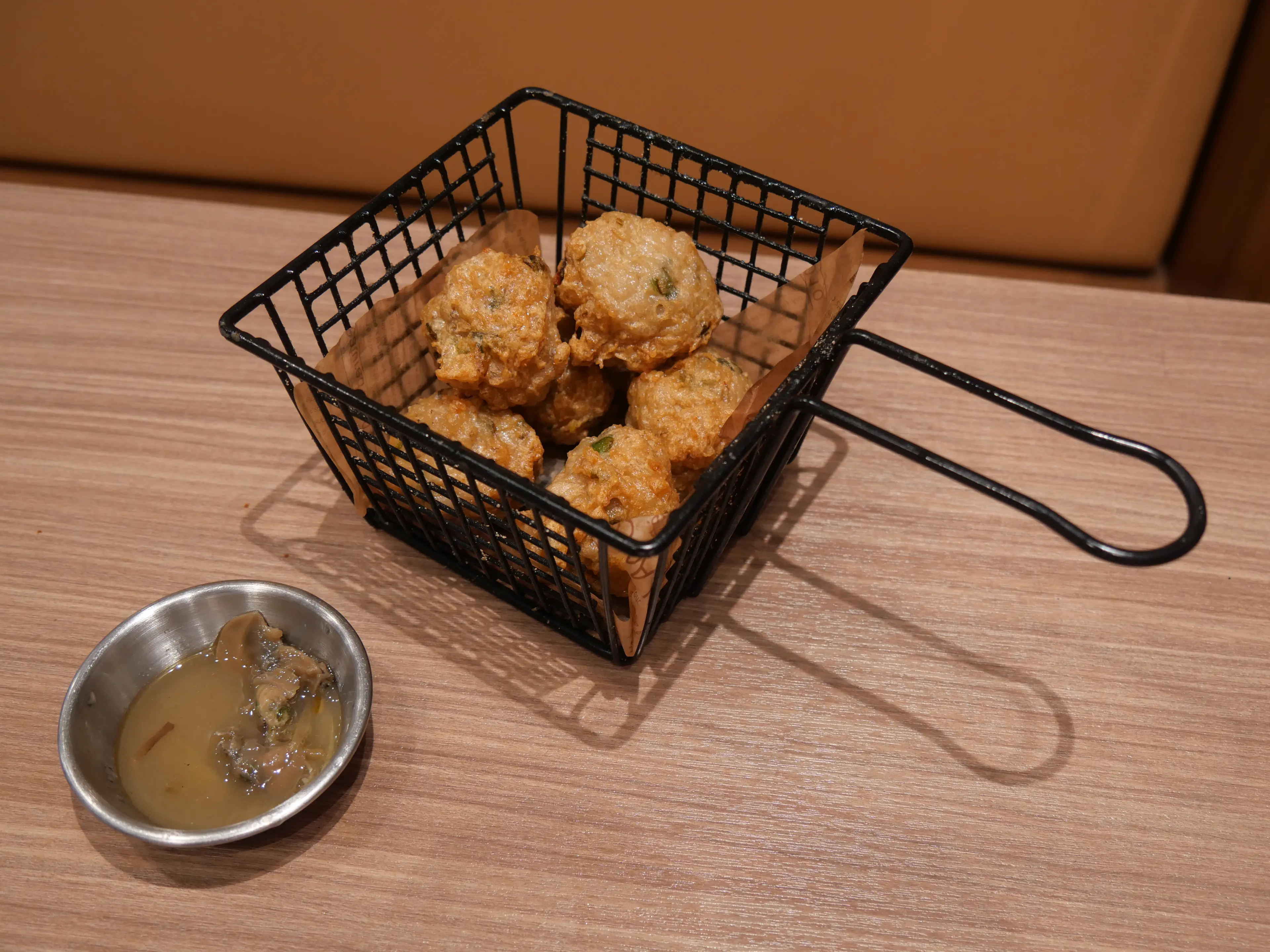
Fish Balls
A common street food in Hong Kong, these are made from fish paste and are often served on skewers in a curry sauce.

Sweet Tofu Soup
A popular dessert in Hong Kong, it's a sweet, warm soup made from silky tofu and served with a ginger syrup.

Char Siu
A popular dish in Hong Kong, Char Siu is barbecued pork that's marinated in a sweet and savory sauce.
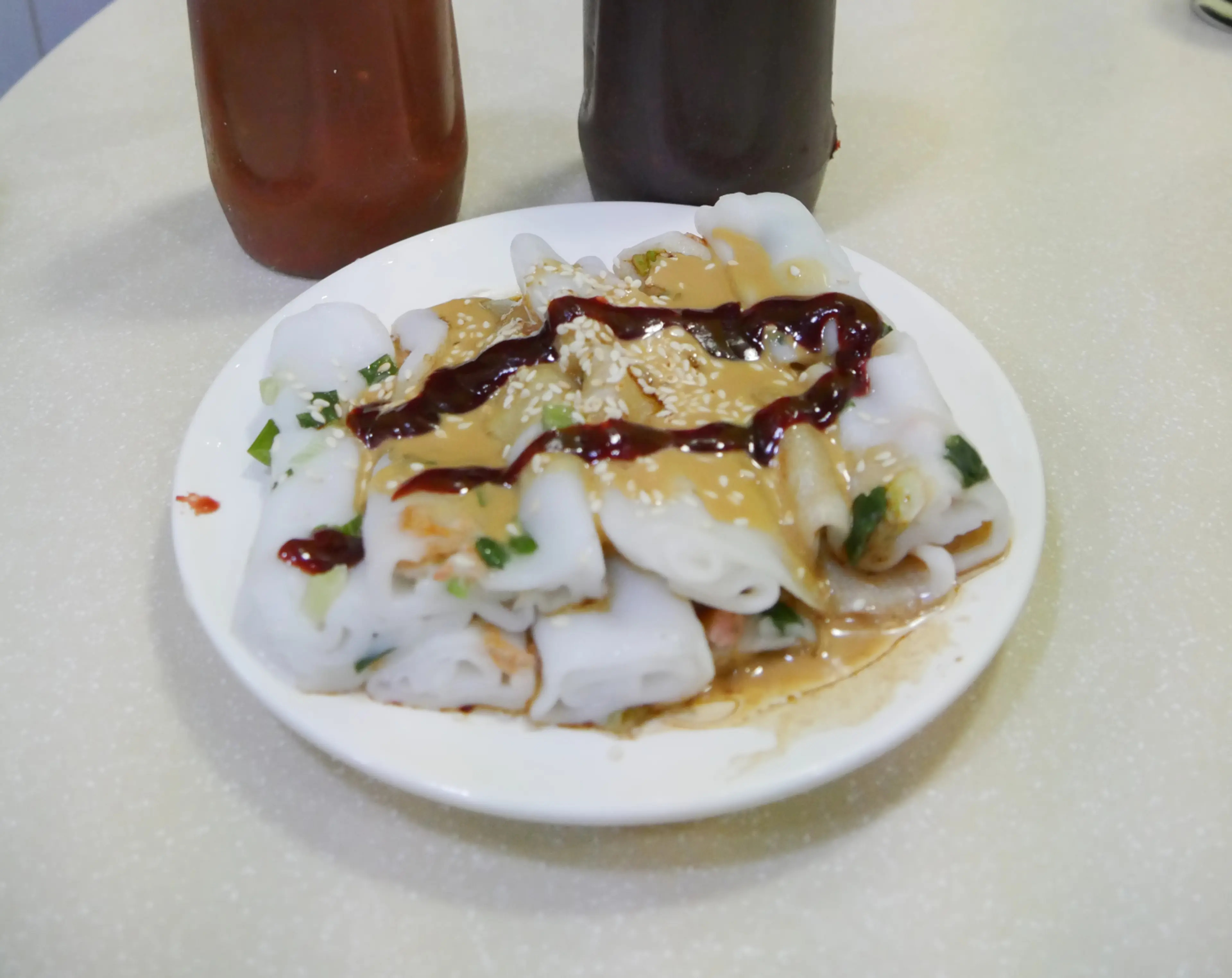
Rice Noodle Rolls
A popular street food in Hong Kong, these are thin rolls made from a wide strip of shahe fen (rice noodles), filled with shrimp, beef, vegetables, or other ingredients.
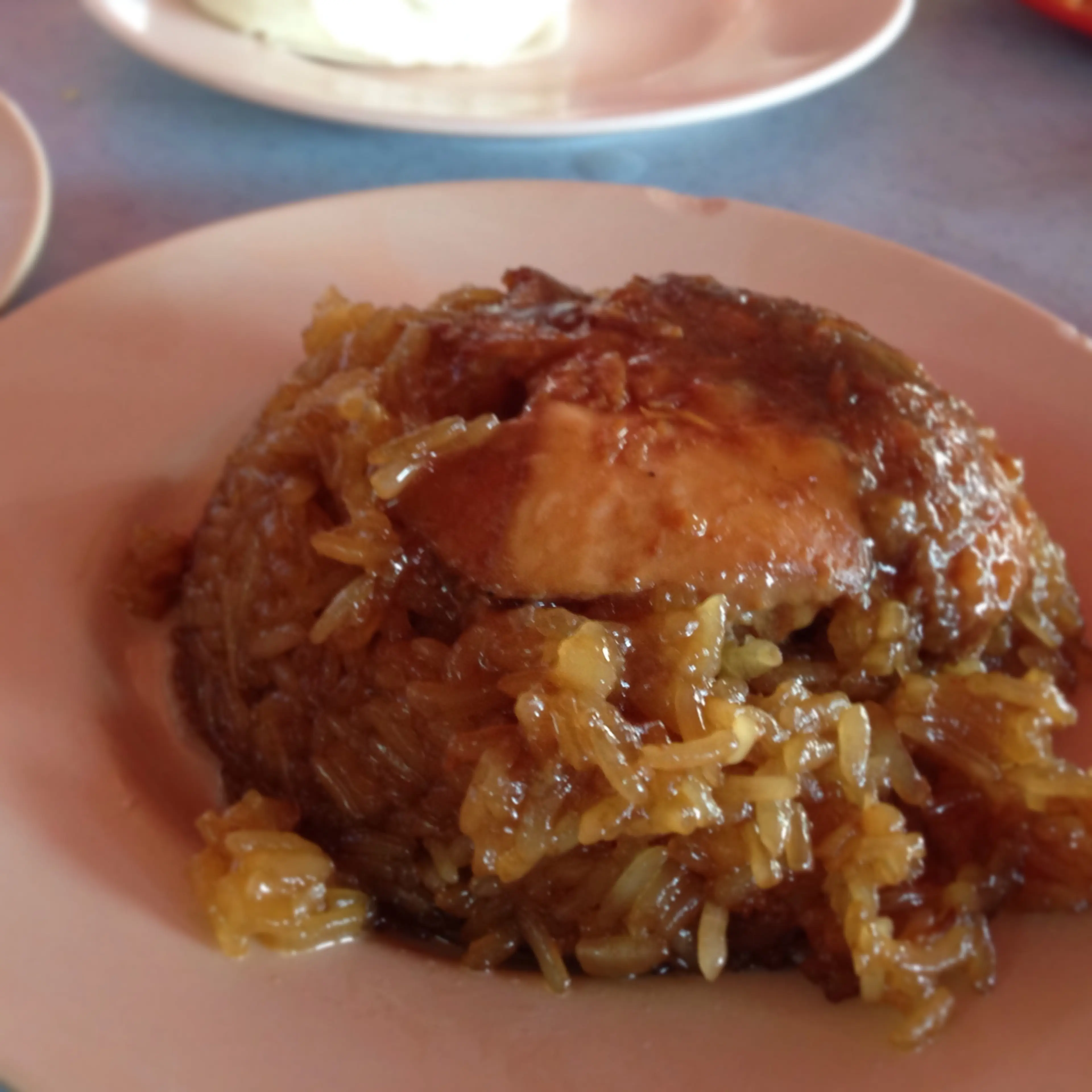
Lo Mai Gai
A traditional Cantonese dish often served at dim sum, it's glutinous rice filled with chicken, Chinese mushrooms, sausage, and scallions, wrapped in a lotus leaf.
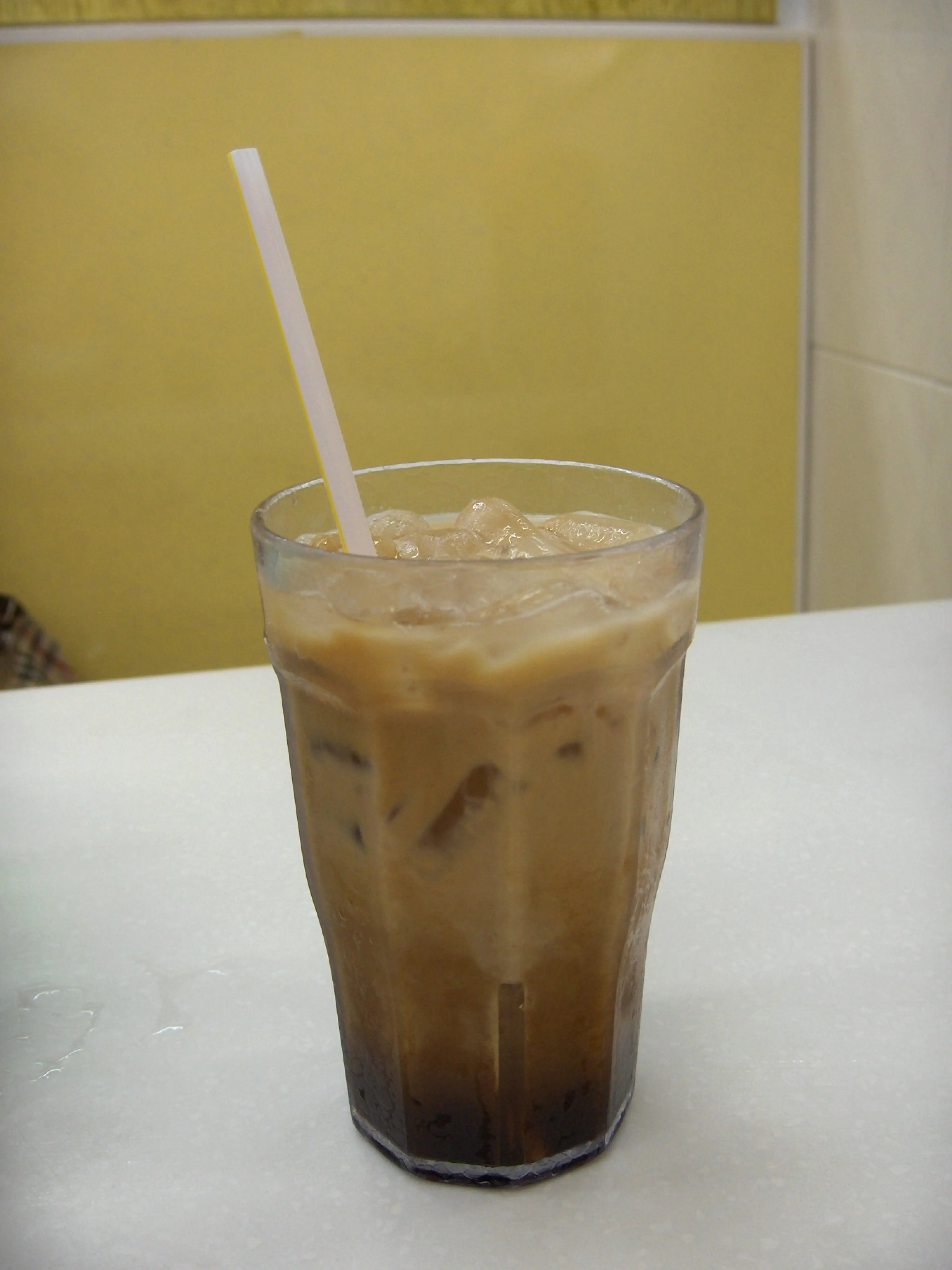
Yuenyeung
A popular beverage in Hong Kong, Yuenyeung is a mix of coffee and Hong Kong-style milk tea.
Best time to visit
The best time to visit Hong Kong is from October to early December when the weather is sunny, cool, and pleasant. This period is considered the autumn season in Hong Kong, which is perfect for outdoor activities and sightseeing. The city is less crowded as well, allowing tourists to explore at a leisurely pace. However, if you're interested in cultural events, Chinese New Year, which usually falls between January and February, is a vibrant and festive time to visit.
How to get around
MTR (Mass Transit Railway)
Hong Kong's MTR system is a convenient and efficient way to get around the city. It is a comprehensive network of subway and overground trains that cover most of the city's main districts and attractions.
Bus
Hong Kong has an extensive bus network that covers both the Hong Kong Island and Kowloon. Double-decker buses offer a great way to sightsee, especially on Hong Kong Island.
Tram
The tram system in Hong Kong is one of the oldest and most traditional forms of transportation. It covers the northern part of Hong Kong Island and offers a unique and leisurely way to explore the city. Pay as you leave.
Taxi
Taxis are plentiful and relatively affordable in Hong Kong. They are color-coded based on their operating areas: red taxis serve all destinations throughout Hong Kong except Tung Chung Road and roads in south Lantau; green taxis serve only the New Territories and specific roads in Lantau; blue taxis serve all destinations in Lantau and the airport.
Minibus
Minibuses, also known as public light buses, are 16-seater vehicles that serve routes not covered by the larger buses or MTR. There are two types: green minibuses have fixed routes and fares, while red minibuses operate more flexibly. You will need to hold your octopus (Octopus Hong Kong) card in your hand for the driver to see.
Ferry
The Star Ferry is a charming and inexpensive way to enjoy breathtaking views of the city's kyline. You can take one from Tsim Sha Tsui Star Ferry Pier, Central Pier, New Wan Chai Star Ferry Pier, or Hong Kong Disneyland Resort Pier.
Ridesharing
Ridesharing services like Uber are available in Hong Kong, offering a convenient and often cheaper alternative to taxis. However, they are not as widely used or accepted as in some other cities, and may not be available in all areas. You can use it to navigate Hong Kong Island, Kowloon, and even New Territories.
Peak Tram
The Peak Tram is a funicular railway in Hong Kong, which carries both tourists and residents to the upper levels of Hong Kong Island. It provides the most direct route and offers good views over the harbor and skyscrapers of Hong Kong.
Cycling
While not as common due to the city's hilly terrain and busy traffic, cycling is possible in some parts of Hong Kong, particularly the New Territories and Outlying Islands. Bike rentals are available in these areas.
Airport Express
The Airport Express is a dedicated MTR line that connects Hong Kong International Airport with the city center. It is the quickest way to reach the city from the airport, with trains running every 10 minutes.
Important information
Currency$ HKD
Time zoneUTC+8
Driving sideLeft
Emergency phone999
Drinking waterYes
Power sockets
Voltage220 V
Things to know about Hong Kong as a first time visitor
1
Hong Kong is a Special Administrative Region of China, but it has its own currency, the Hong Kong Dollar (HKD).
2
English and Chinese are the official languages of Hong Kong. However, most locals speak Cantonese, a dialect of Chinese.
3
Hong Kong is one of the safest cities in the world, but it's always important to stay vigilant and aware of your surroundings.
4
The weather in Hong Kong can be quite humid, especially in the summer. Temperatures can reach up to 86°F (30°C) in the summer and drop to around 59°F (15°C) in the winter.
5
Public transportation in Hong Kong is efficient and affordable. The Mass Transit Railway (MTR) is the most popular mode of transport.
6
Taxis in Hong Kong are color-coded. Red taxis operate throughout most of Hong Kong, green taxis serve the New Territories, and blue taxis are for Lantau Island.
7
Hong Kong is a food paradise. From street food to Michelin-starred restaurants, there's something for every palate and budget.
8
Tipping is not a common practice in Hong Kong, but it's appreciated. A service charge of 10% is usually added to your bill in restaurants.
9
Hong Kong is known for its shopping. From luxury brands to local markets, there's something for everyone.
10
The city is bustling and crowded, so be prepared for large crowds, especially during peak hours.
11
Hong Kong uses the Type G plug, the same as the UK. The standard voltage is 220 V.
12
Internet access is widely available in Hong Kong. Free Wi-Fi is provided in many public areas, including MTR stations and shopping malls.
13
Drinking tap water in Hong Kong is generally safe, but most locals prefer to drink boiled or bottled water.
14
Hong Kong has strict laws against littering and spitting in public places. Fines can be hefty.
15
Hong Kong is a city that never sleeps. Many shops, restaurants, and entertainment venues stay open late into the night.
16
Despite being a bustling city, Hong Kong has plenty of green spaces and hiking trails for nature lovers.
17
Hong Kong's Octopus card can be used for public transport, as well as in convenience stores, restaurants, and more.
18
Hong Kong has a high cost of living. However, there are plenty of budget-friendly options for food and accommodation if you know where to look.
19
The city has a unique East-meets-West culture, with a mix of traditional Chinese customs and British colonial influences.
20
Hong Kong's healthcare system is top-notch, but it's recommended to have travel insurance that covers medical expenses.
Basic Chinese and English to know as a first time visitor
English phrase | Native phrase | Pronunciation | When to use it |
|---|---|---|---|
Hello | 你好 | Nei hou | Greeting someone |
Goodbye | 再見 | Zoi gin | Leaving or saying goodbye |
Thank you | 多謝 | Do je | Expressing gratitude |
Please | 請 | Ching | Making a request |
Yes | 係 | Hai | Affirming |
No | 唔係 | M hai | Negating |
Excuse me | 唔該 | M goi | Getting attention or apologizing |
I'm sorry | 對唔住 | Deoi m jyu | Apologizing |
Do you speak English? | 你識唔識講英文? | Nei sik m sik gong ying man? | Asking if someone speaks English |
I don't understand | 我唔明 | Ngo m ming | When you don't understand what was said |
Where is the bathroom? | 廁所喺邊度? | Ci so hai bin dou? | Asking for directions to the bathroom |
How much does it cost? | 幾多錢? | Gei do chin? | Asking the price of something |
I would like to order | 我想點 | Ngo seung dim | When ordering food or drinks |
Water | 水 | Seoi | Asking for water |
Help | 救命 | Gau ming | In case of an emergency |
Call the police | 叫警察 | Giu ging caat | In case of an emergency |
I am lost | 我迷路了 | Ngo mai lou liu | When you are lost |
Can I use credit card? | 可以用信用卡嗎? | Ho yi yung seon yung ka ma? | Asking if a place accepts credit cards |
Open | 開 | Hoi | To know if a place is open |
Closed | 關 | Gwaan | To know if a place is closed |
Packing List
Clothing
Comfortable walking shoes
Lightweight clothing
Sweater or light jacket
Umbrella or raincoat
Sunglasses
Hat
Toiletries
Travel-size toiletries
Sunscreen
Hand sanitizer
Face masks
Personal hygiene items
Travel documents and essentials
Passport
Visa (if required)
Travel insurance
Hotel reservation confirmation
Local currency (Hong Kong Dollar)
Credit and debit cards
Emergency contact information
Electronics and gadgets
Smartphone
Charger and adapter
Portable power bank
Camera
Headphones
Miscellaneous items
Snacks
Water bottle
Travel guidebook
Map of Hong Kong
Phrasebook or language app
Backpack or daypack
Weather Conditions
Hong Kong experiences a subtropical climate, with distinct seasons throughout the year. From March to mid-May, it's spring in Hong Kong. The weather is generally warm and humid, with temperatures ranging from 64°F to 82°F (18°C to 28°C). It's a great time to explore outdoor attractions, but remember to carry an umbrella as occasional rainfall can occur. Summer, from late May to mid-September, is hot and humid with temperatures ranging from 77°F to 91°F (25°C to 33°C). It's also the typhoon season, so it's essential to stay updated with the local weather forecasts. Despite the heat, summer is a vibrant time in Hong Kong with various festivals and events. Autumn, from late September to early December, is considered the best time to visit Hong Kong. The weather is sunny and cool, with temperatures between 64°F and 82°F (18°C to 28°C). It's an ideal time for hiking and exploring the city. Winter, from mid-December to February, is cool and dry, with temperatures ranging from 57°F to 68°F (14°C to 20°C). It's the perfect time to enjoy Hong Kong's urban attractions and shopping festivals. Regardless of when you visit, it's always a good idea to check the local weather forecast before planning your day. Also, remember to pack appropriate clothing and stay hydrated, especially during the hot and humid summer months.
| Month | Hi / Lo (°C) | Weather Overview |
|---|---|---|
January | 21° / 14° | January is the coldest month in Hong Kong, but it's still relatively mild with low humidity. It's a great time to explore the city without the summer crowds. |
February | 22° / 15° | February is still cool and dry, with occasional cold fronts. It's a good time to visit if you prefer cooler weather. |
March | 24° / 17° | March sees a gradual increase in temperature and humidity. It's a good time to visit parks and gardens as flowers start to bloom. |
April | 28° / 20° | April is warm and humid, with occasional showers and thunderstorms. It's a good time to visit indoor attractions like museums and shopping malls. |
May | 31° / 24° | May is hot and humid, with frequent showers and thunderstorms. It's a good time to visit beaches and outdoor swimming pools. |
June | 33° / 26° | June is the start of the summer season, with high temperatures and frequent rain. It's a good time to visit indoor attractions and enjoy the city's vibrant nightlife. |
July | 34° / 27° | July is the hottest month in Hong Kong, with high humidity and occasional typhoons. It's a good time to visit indoor attractions and enjoy the city's vibrant nightlife. |
August | 34° / 27° | August is hot and humid, with frequent showers and thunderstorms. It's a good time to visit beaches and outdoor swimming pools. |
September | 33° / 26° | September is still hot, but the humidity starts to decrease. It's a good time to visit parks and gardens as the weather starts to cool down. |
October | 30° / 23° | October is warm and pleasant, with low humidity and plenty of sunshine. It's a great time to explore the city and enjoy outdoor activities. |
November | 26° / 19° | November is cool and dry, with low humidity and plenty of sunshine. It's a great time to explore the city and enjoy outdoor activities. |
December | 22° / 15° | December is cool and dry, with low humidity and plenty of sunshine. It's a great time to explore the city and enjoy the festive season. |
Did you know?
Places near by Hong Kong

Macau
Known for its giant casinos and malls on the Cotai Strip, which joins the islands of Taipa and Coloane.
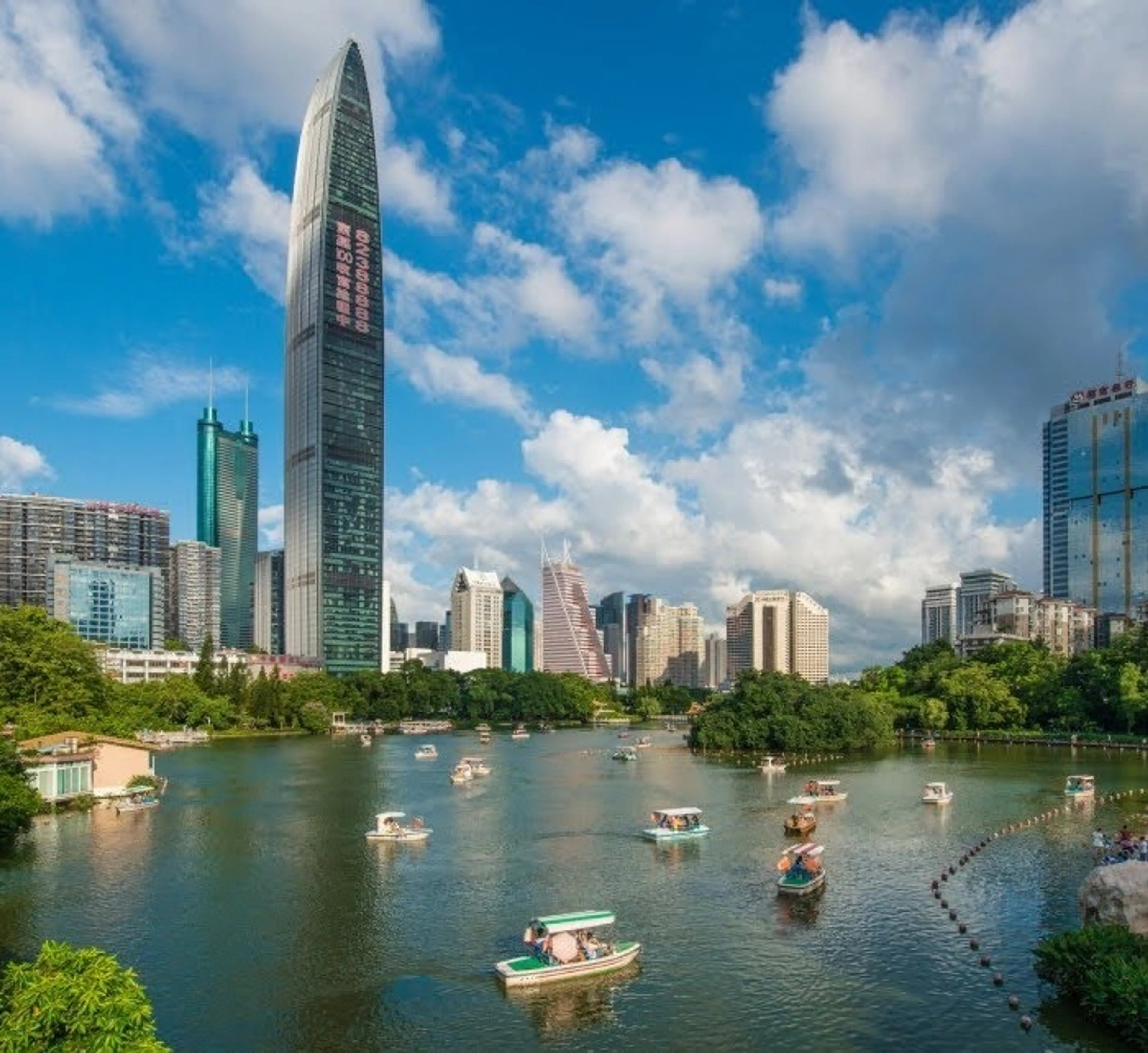
Shenzhen
A modern metropolis that links Hong Kong to China’s mainland.

Guangzhou
Known for its avant-garde architecture such as the Canton Tower and Guangzhou Opera House.
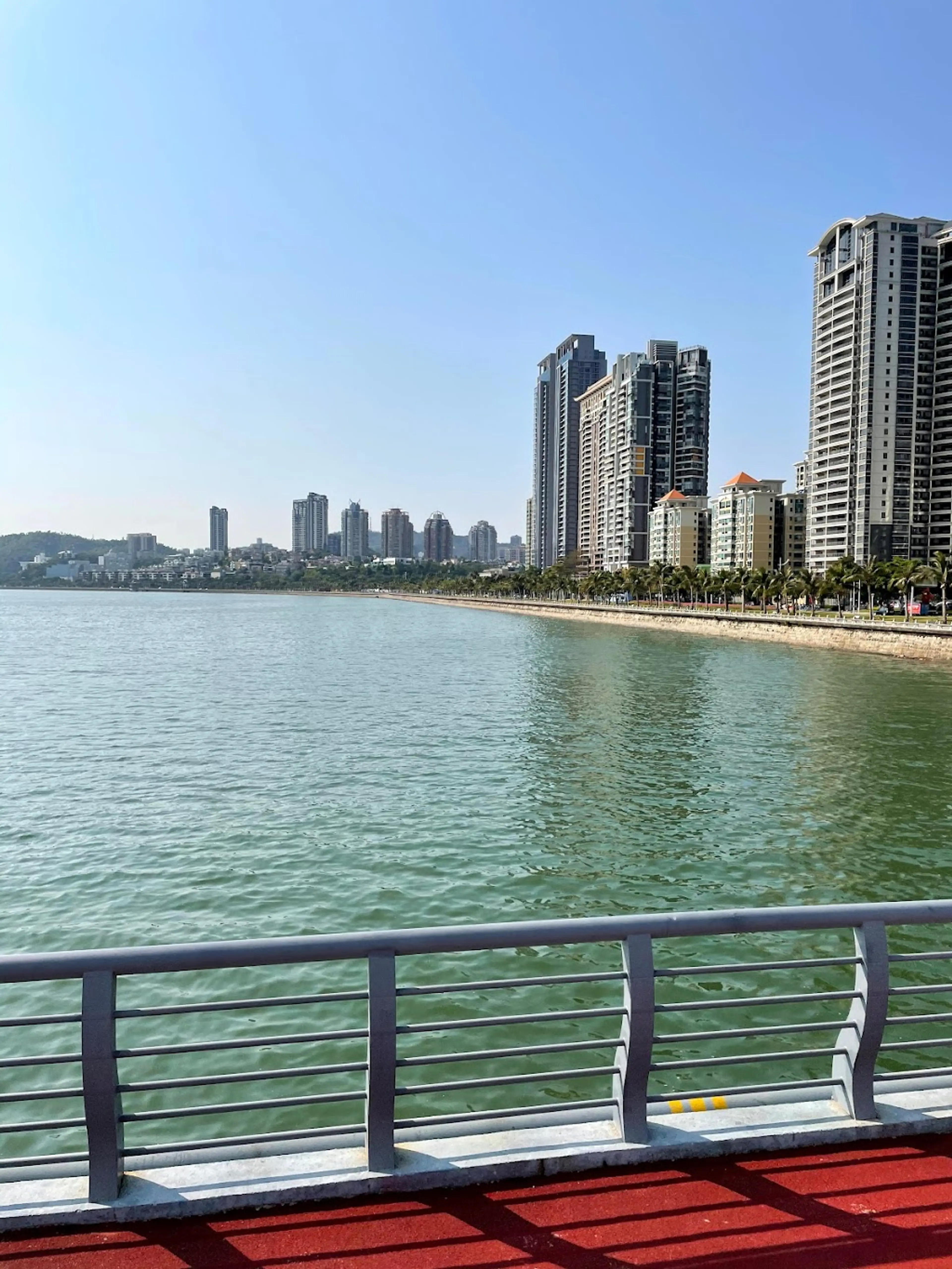
Zhuhai
Famous for its beach resorts and golf courses.
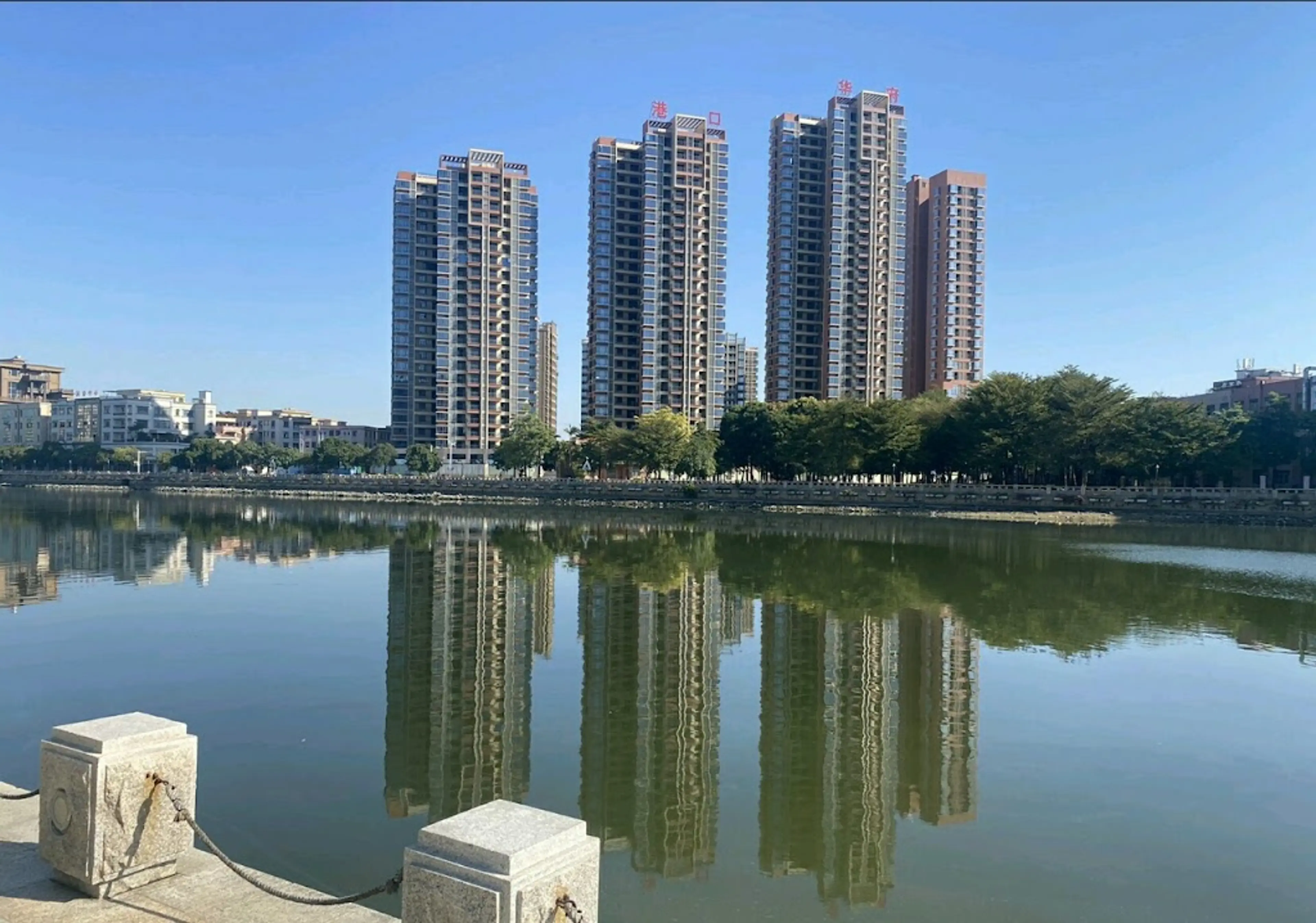
Dongguan
Known for its manufacturing industries and rich cultural history.
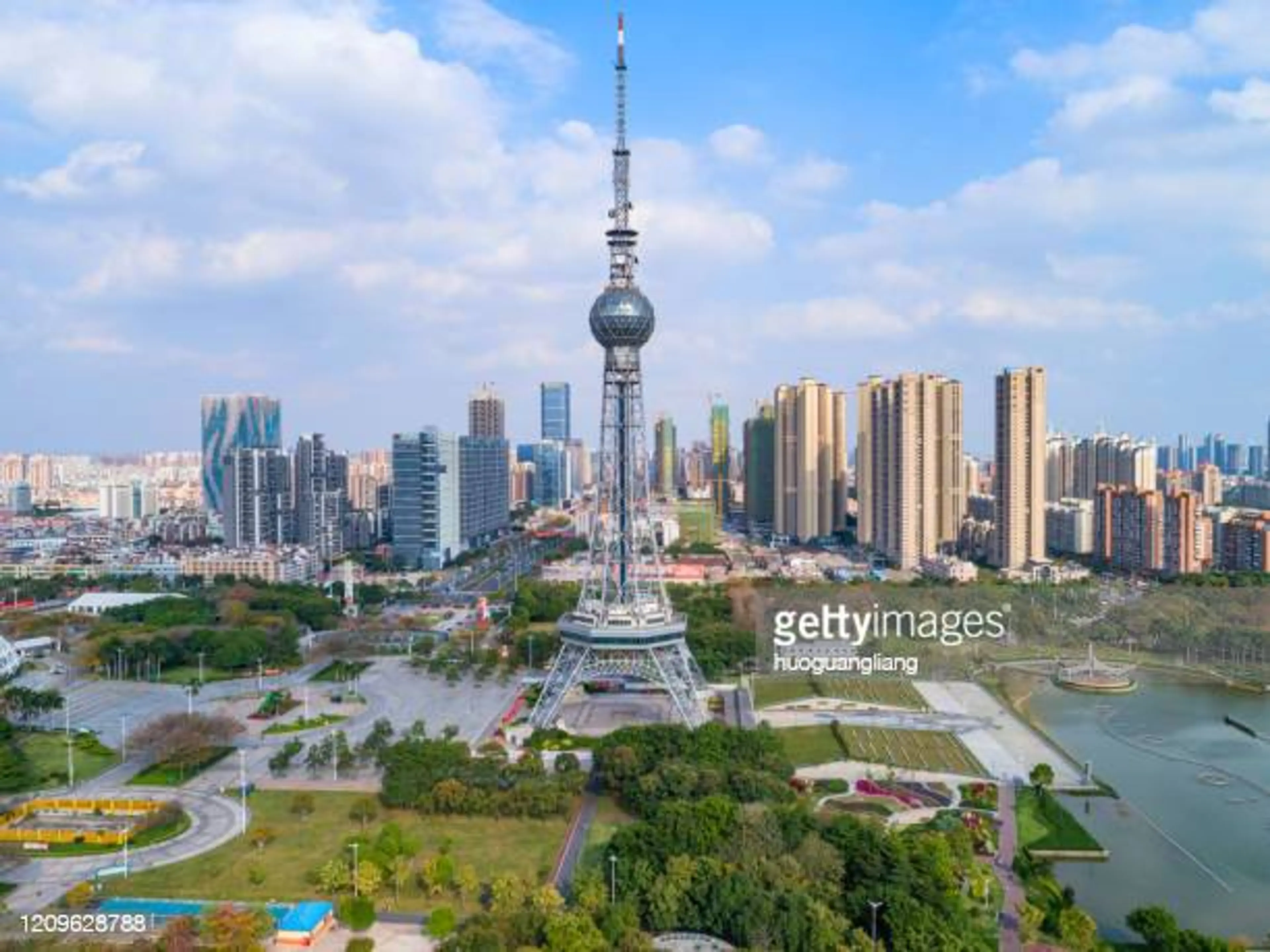
Foshan
Known for its ceramics and furniture industries.

Zhongshan
Known for its electronics and appliance industries.

Jiangmen
Known for its overseas Chinese history and culture.
